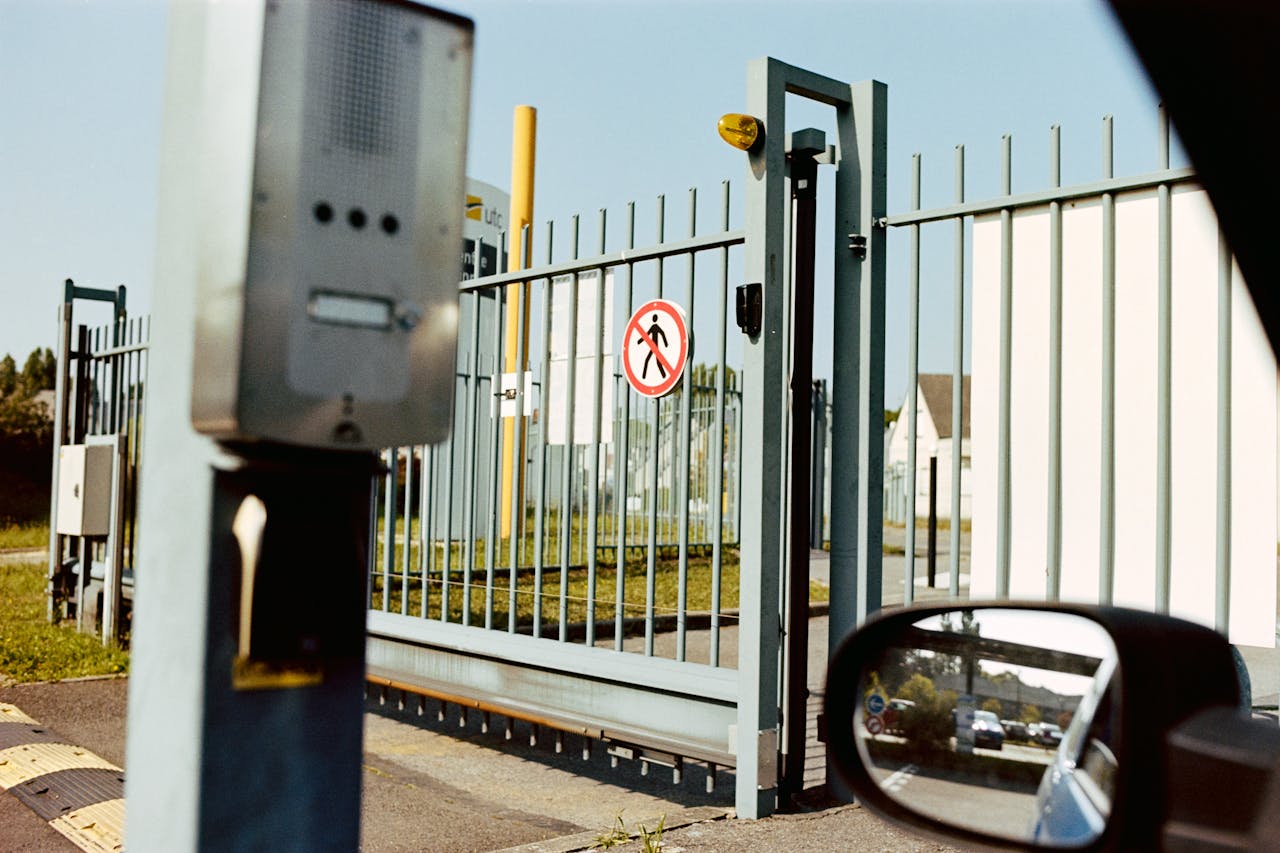Protecting your property is a primary concern for any homeowner or business manager. One of the most effective ways to enhance security is by installing a gate. A well-chosen and properly installed security gate acts as the first line of defence, controlling access and deterring unauthorised entry. This guide will walk you through the benefits, types, and security gate installation process to help you make an informed decision for your property.
The Advantages of Security Gates
The most apparent benefit of a security gate is improved security. By creating a physical barrier, gates significantly reduce the risk of trespassing, vandalism, and theft. The presence of a sturdy gate can be enough to discourage potential intruders who are often looking for easy targets. This added layer of protection offers peace of mind, knowing your property is safer.
Beyond security, gates can also increase the value of your property. A high-quality gate enhances a property’s kerb appeal, adding a touch of sophistication and making it more attractive to potential buyers. Furthermore, many insurance providers offer reduced premiums for properties with enhanced security measures, which means a gate can lead to long-term cost savings. Finally, a gate provides greater privacy, shielding your home or business from public view and creating a more secluded environment.
Common Types of Security Gates
There is a wide variety of security gates available, each suited to different properties and requirements. Slide gates are a popular choice for properties with limited driveway space, as they move horizontally along a track. They are ideal for wide entrances and can be a practical option for commercial sites.
Swing gates, which open inwards or outwards like a traditional door, are another common type. They require more space to operate but often have a more classic and welcoming appearance, making them a popular choice for residential properties. For properties on a slope, vertical lift gates move straight up and down, offering a solution where sliding or swinging is not feasible. Cantilever gates are similar to slide gates but do not require a ground track, making them suitable for uneven ground or areas with heavy snowfall.
The Installation Process
Installing a security gate involves several key steps. The process begins with a thorough site assessment to determine the best type of gate and placement for your property. This includes measuring the entrance, checking the ground level, and identifying any potential obstructions.
Next, the foundation is prepared. For both slide and swing gates, this typically involves digging and pouring concrete footings to support the posts and, in the case of a slide gate, the track. Once the concrete has set, the gate posts are securely installed. The gate itself is then mounted onto the posts. The final step is to install the automation system, which includes the motor, sensors, and access control components like keypads or intercoms. It is important that this work is carried out by qualified professionals to confirm the gate operates safely and reliably.
Selecting the Right Gate for Your Needs
Choosing the right gate depends on several factors. Consider the size and layout of your property. A long, straight driveway might be perfect for a swing gate, while a shorter drive might benefit from a slide gate. The local climate is also a consideration; for instance, cantilever gates perform well in snowy conditions because they don’t rely on a ground track that can get blocked.
Securing Your Property with Confidence
A security gate is a significant investment that provides security, privacy, and added property value. By understanding the different types of gates available, the installation process, and what to consider when making your choice, you can select a system that meets your specific needs. A professionally installed gate will function as a reliable barrier, giving you control over who enters your property and delivering lasting peace of mind.

